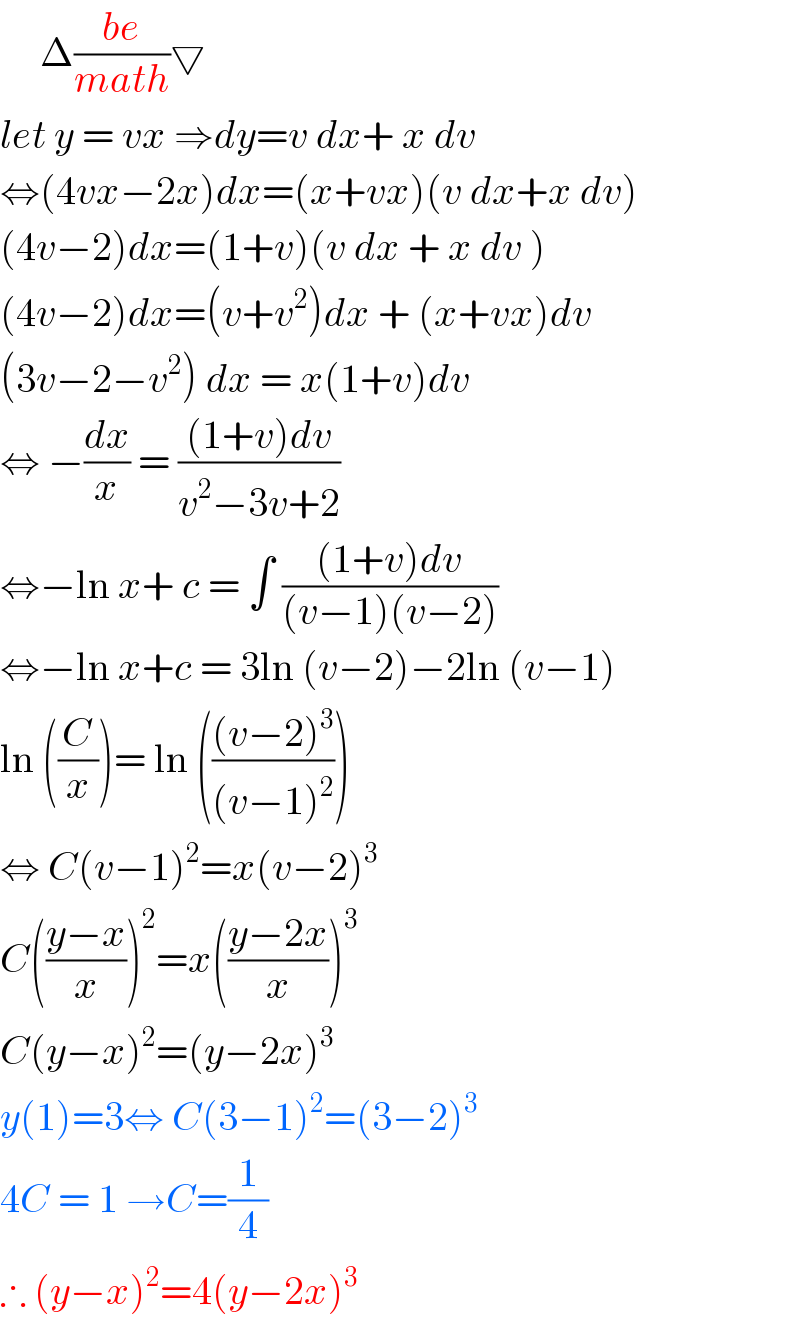
Question and Answers Forum
Question Number 110288 by mathdave last updated on 28/Aug/20

Answered by bemath last updated on 28/Aug/20

Commented by mathdave last updated on 28/Aug/20

| ||
Question and Answers Forum | ||
Question Number 110288 by mathdave last updated on 28/Aug/20 | ||
 | ||
Answered by bemath last updated on 28/Aug/20 | ||
 | ||
| ||
Commented by mathdave last updated on 28/Aug/20 | ||
 | ||